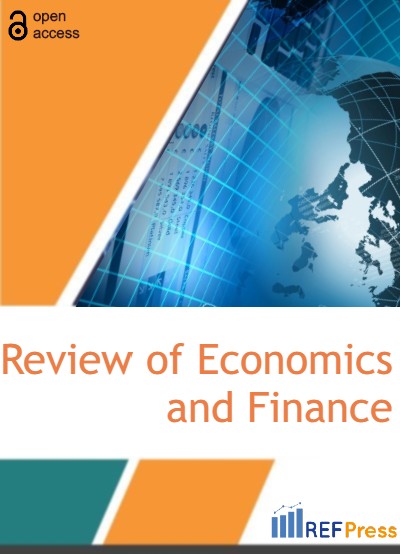
Public Debt Reduction Efforts in South-East Asia – Which Strategy Works?1
(Pages 196-202)Michael Frenkel1, Benedikt Walter2 and Lilli Zimmermann3,*
1WHU – Otto Beisheim School of Management, Burgplatz 2, D-56179 Vallendar, Germany.
2Josef-Wirmer-Str. 15, D-53123 Bonn, Germany.
3Deutsche Bundesbank - University of Applied Sciences, Schloss, D-57627 Hachenburg, Germany
DOI: https://doi.org/10.55365/1923.x2021.19.19
Abstract:
Both the financial crisis of 2008/09 and the pandemic crisis of 2020 fostered a massive accumulation of government debt worldwide raising the question of how to reduce public debt successfully in the future. As different regions in the world require different fiscal strategies, we study debt reduction periods in ASEAN economies in order to assess the successful strategies in this region. Using annual data for the period 2000 to 2018, we use different specifications and estimate a logistic probability model to identify factors determining substantial public debt reductions in ASEAN economies. The findings of this paper suggest that robust GDP growth was a main driver for reducing public debt. Furthermore, revenue based consolidations seem to increase the likelihood of a substantial debt reduction in ASEAN economies more that expenditure based consolidations
Keywords:
Fiscal Policy, Public Debt Adjustment, Binary Choice Models.
JEL Classification:
C35, E62, H6.
How to Cite:
Michael Frenke, Benedikt Walter and Lilli Zimmermann. Public Debt Reduction Efforts in South-East Asia – Which Strategy Works?1. [ref]: vol.19.2021. available at: https://refpress.org/ref-vol19-a19/
Licensee REF Press This is an open access article licensed under the terms of the Creative Commons Attribution Non-Commercial License (http://creativecommons.org/licenses/by-nc/3.0/) which permits unrestricted, non-commercial use, distribution and reproduction in any medium, provided the work is properly cited.
